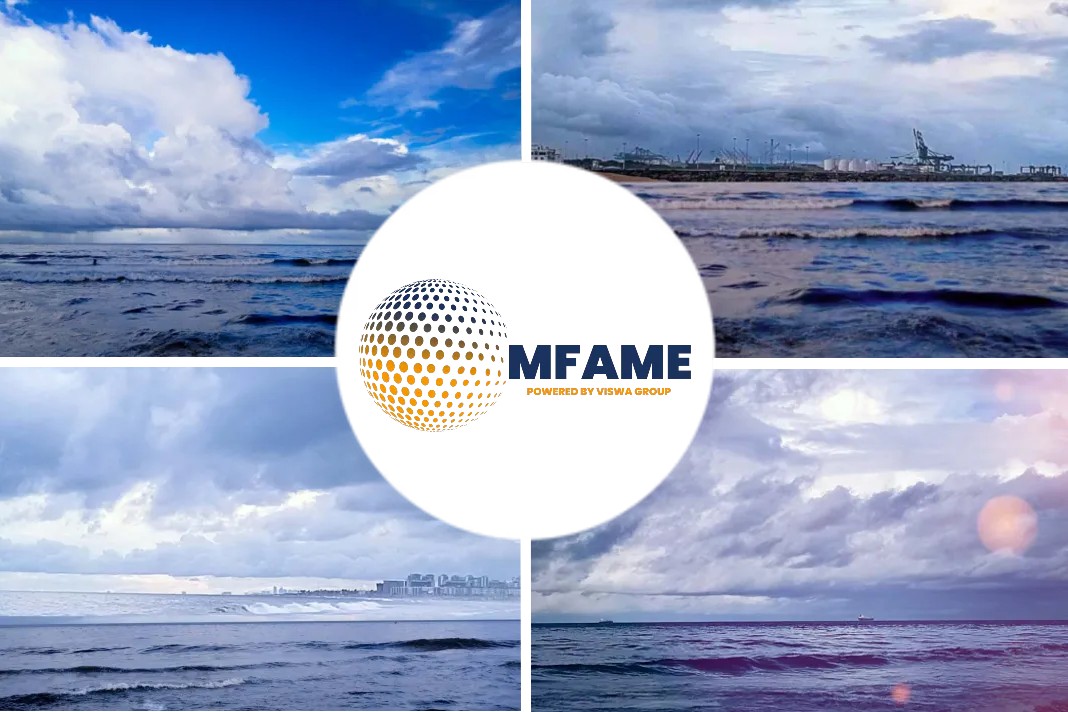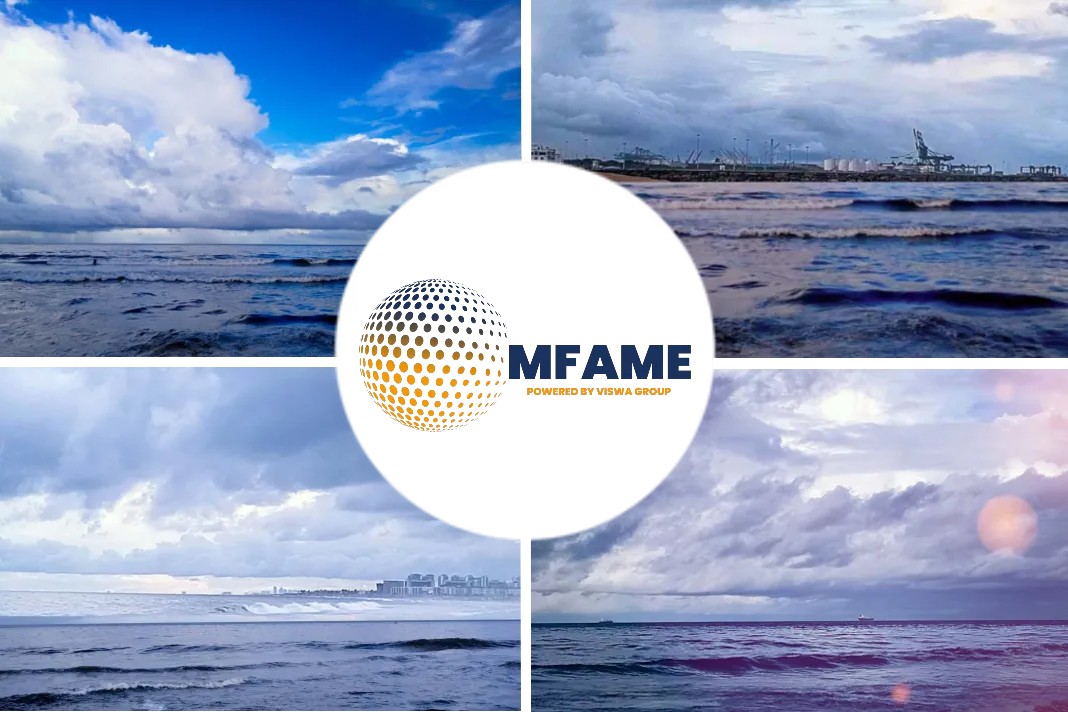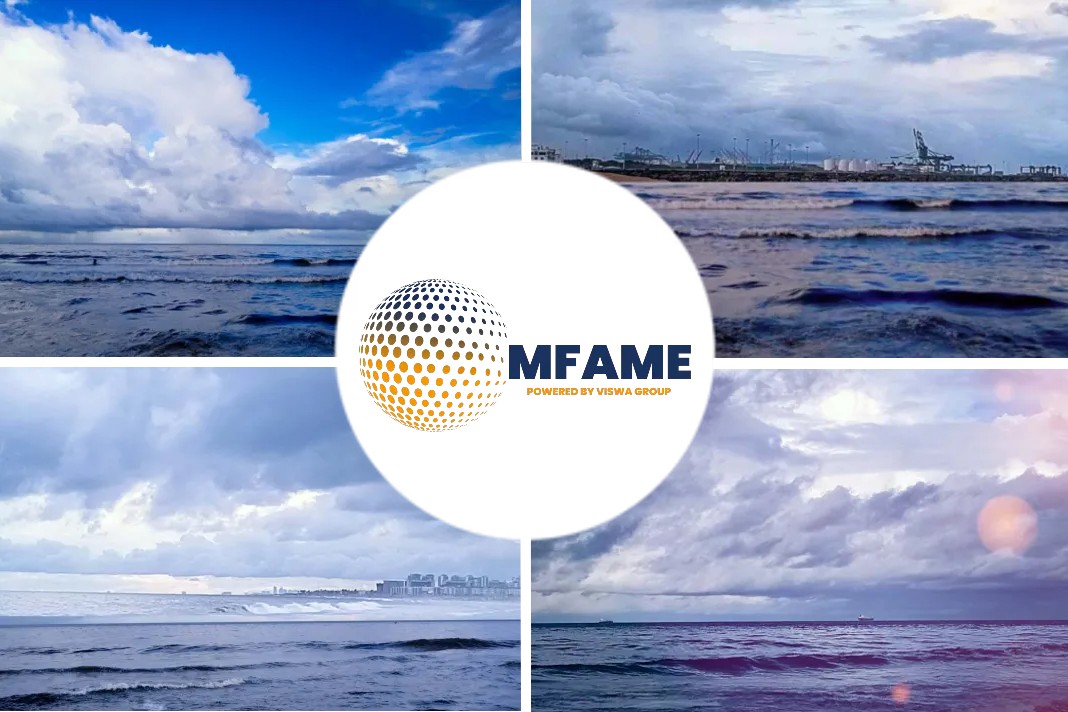- Kawasaki announced the delivery of 82,000 DWT bulk carrier KN BLOSSOM.
- The vessel is equipped with an electronically controlled main diesel engine.
- Kawasaki rudder bulb system with fins and semi-duct system with contra fins also contribute to vessel performance.
- The vessel is equipped with scrubbers and various energy saving technologies.
Kawasaki Heavy Industries, Ltd. delivered the bulk carrier KN BLOSSOM, with a capacity of 82,000 DWT , for KUMIAI NAVIGATION (PTE) LTD at Nantong COSCO KHI Ship Engineering Co., Ltd. (NACKS), says a press release published on their website.
Bulk carrier delivered
Kawasaki Heavy Industries, Ltd. announced that it delivered the bulk carrier KN BLOSSOM, with a capacity of 82,000 DWT (Kawasaki hull No. 8065, NACKS hull No. NE340), for KUMIAI NAVIGATION (PTE) LTD at Nantong COSCO KHI Ship Engineering Co., Ltd. (NACKS), which is located in Nantong City, China and operated jointly with China COSCO Shipping.
Vessel features
- The vessel has a flush deck with a forecastle and seven holds that are designed for optimum transport of goods.
- The vessel employs various technologies to achieve maximum fuel economy, including an energy-saving, electronically-controlled main diesel engine, high propulsive efficiency propellers, and the Kawasaki rudder bulb system with fins (RBS-F) and semi-duct system with contra fins (SDS-F), which all contribute to the vessel’s enhanced propulsion performance.
- In order to satisfy new restrictions on SOx emissions control, which is implemented by the International Maritime Organization (IMO) in January 2020, the vessel includes a set of SOx scrubbers at the exhaust gas outlets of the main engine and the power generation engine. With this system, general high-sulfur fuel oil can be used, which is expected to reduce the cost of fuel oil.
- The vessel incorporates various energy saving technologies, which reduce both fuel consumption and emission of carbon dioxide (CO2), thereby achieved with the EEDI Phase 2 requirements.
Did you Subscribe to our daily newsletter?
It’s Free! Click here to subscribe
Source: Kawasaki















